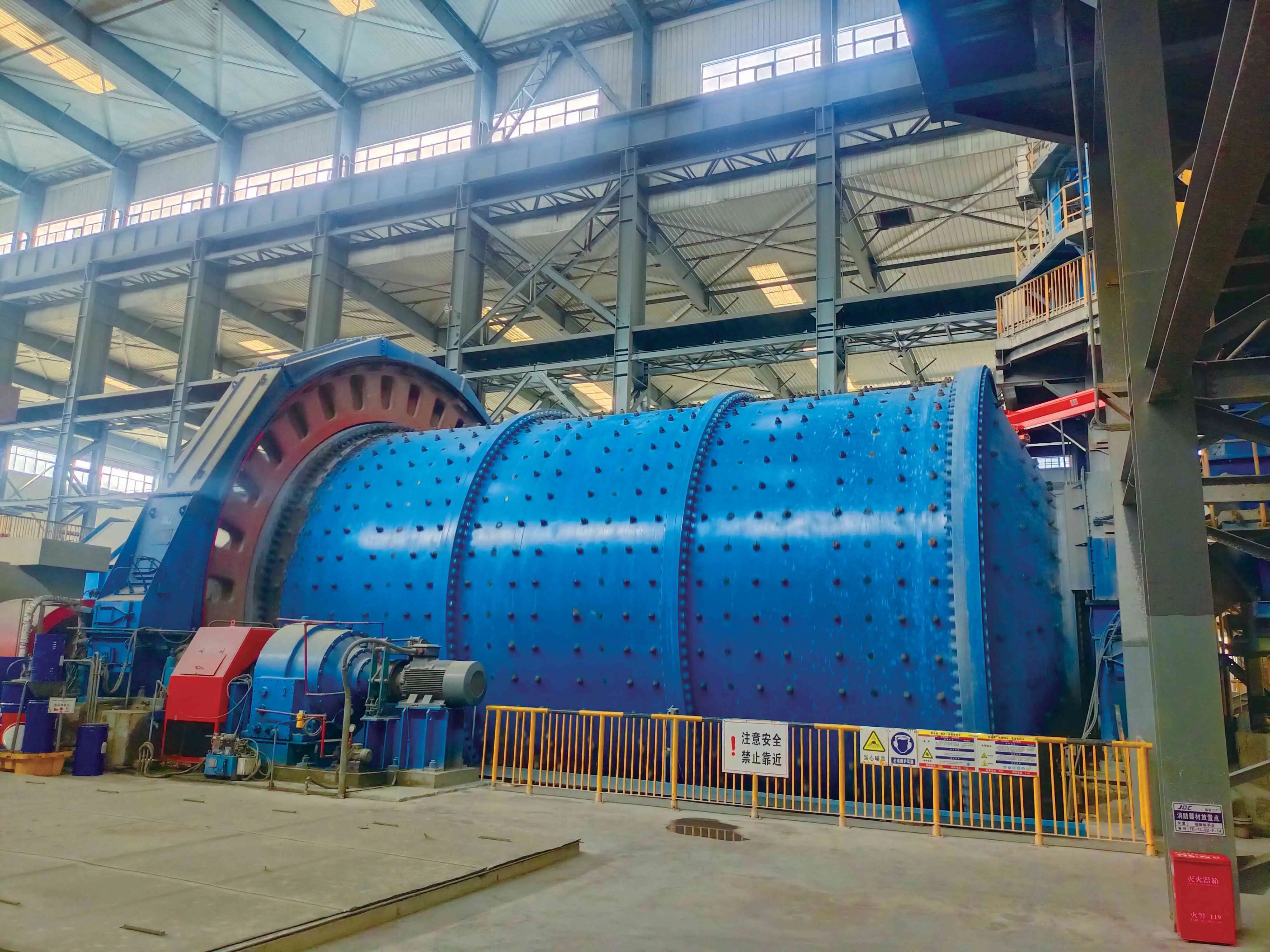Factors Influencing the Lifespan of High Chrome Steel Grinding Media
The durability of high chrome steel grinding media balls is influenced by a myriad of factors. The chemical composition of the balls, particularly their chromium content, plays a pivotal role in determining their wear resistance. High chrome steel, typically containing 10-30% chromium, exhibits superior hardness and corrosion resistance compared to lower chrome alternatives.
The lifespan of high chrome steel grinding media balls is influenced by several key factors, including material quality, operating conditions, and the type of ore being processed. Higher chrome content typically enhances hardness and wear resistance, while factors such as temperature, impact frequency, and mill speed can affect performance. Understanding these variables helps manufacturers optimize their grinding media for specific applications.
The operational environment also significantly impacts the lifespan of grinding media. Factors such as mill speed, ball charge volume, and the nature of the material being ground can accelerate or decelerate wear rates. Abrasive materials and high-impact grinding conditions can substantially reduce the service life of even the most robust grinding media.
Moreover, the quality of manufacturing processes employed in producing the grinding balls is paramount. Advanced casting techniques, heat treatment protocols, and stringent quality control measures contribute to the production of grinding media with enhanced wear resistance and prolonged lifespan.
Estimating the Typical Lifespan of High Chrome Steel Grinding Balls
The lifespan of high chrome steel grinding media balls can vary significantly depending on the specific application and operating conditions. In general, high-quality grinding balls can last anywhere from several months to over a year in continuous operation. However, this estimate can fluctuate based on factors such as the chromium content, ball size, and the intensity of the grinding process.
Estimating the typical lifespan of high chrome steel grinding balls involves analyzing their performance under various operational scenarios. Generally, these balls can last anywhere from several hundred to several thousand hours, depending on usage conditions. Factors like load intensity, grinding environment, and maintenance practices play a crucial role in determining longevity. Regular assessments and monitoring can provide insights into expected wear rates.
For instance, in cement production, where grinding conditions are relatively less severe, high chrome grinding balls may last up to 12-18 months. Conversely, in mineral processing applications involving highly abrasive ores, the lifespan might be reduced to 6-9 months. It's worth noting that these figures are approximations, and actual lifespans can deviate based on site-specific conditions.
To accurately gauge the lifespan of grinding media in a particular application, many operators employ wear rate monitoring techniques. By regularly measuring the diameter reduction of the balls over time, it's possible to calculate wear rates and predict the expected service life more precisely. This data-driven approach allows for better planning of media replacement schedules and optimization of grinding processes.
Strategies to Extend the Lifespan of High Chrome Steel Grinding Balls
To extend the lifespan of high chrome steel grinding balls, several strategies can be implemented. Regular maintenance and timely replacement of worn-out media are essential. Additionally, optimizing the grinding process, such as adjusting parameters like feed rate and mill speed, can reduce unnecessary wear. Employing advanced coatings or surface treatments may also enhance durability, leading to improved efficiency and cost savings over time.
Maximizing the service life of high chrome steel grinding media is crucial for reducing operational costs and improving process efficiency. Several strategies can be employed to achieve this goal:
Optimal Media Selection: Choosing the right grade of high chrome steel grinding balls for a specific application is paramount. Factors such as the desired chromium content, hardness, and impact resistance should be carefully considered to ensure the media is well-suited for the grinding task at hand.
Process Optimization: Fine-tuning grinding parameters such as mill speed, ball charge, and feed rate can significantly impact media wear rates. Striking the right balance between grinding efficiency and media longevity is key to optimizing overall process performance.
Regular Maintenance: Implementing a robust maintenance schedule for grinding equipment can help prevent excessive wear on grinding media. This includes ensuring proper liner conditions, maintaining optimal slurry density, and addressing any imbalances in the grinding circuit promptly.
Quality Assurance: Partnering with reputable suppliers who adhere to strict quality control standards is crucial. High-quality grinding media manufactured using advanced techniques and materials will invariably offer superior wear resistance and longer service life.
Wear Monitoring: Implementing a systematic wear monitoring program allows for data-driven decision-making regarding media replacement. This approach helps prevent unnecessary downtime due to premature media failure while also avoiding the inefficiencies associated with over-worn grinding balls.
Material Segregation: In applications where multiple grades or sizes of grinding media are used, proper segregation and charging practices can help optimize wear patterns and extend overall media lifespan.
By implementing these strategies, operators can significantly extend the lifespan of high chrome steel grinding media balls, leading to improved process efficiency and reduced operational costs.
Conclusion
The typical lifespan of high chrome steel grinding media balls is a complex interplay of material properties, operational conditions, and maintenance practices. While general estimates provide a useful starting point, site-specific factors ultimately determine the actual service life of grinding media in any given application. By understanding these factors and implementing targeted strategies, industries can optimize their grinding processes and achieve superior performance from their high chrome steel grinding media.
For more information about high-quality high chrome steel grinding media balls and expert advice on optimizing your grinding processes, don't hesitate to reach out to our team of specialists at sales@da-yang.com and sunny@da-yang.com. Our decades of experience in wear-resistant materials production position us uniquely to address your specific grinding media needs and help you achieve optimal performance in your operations.









